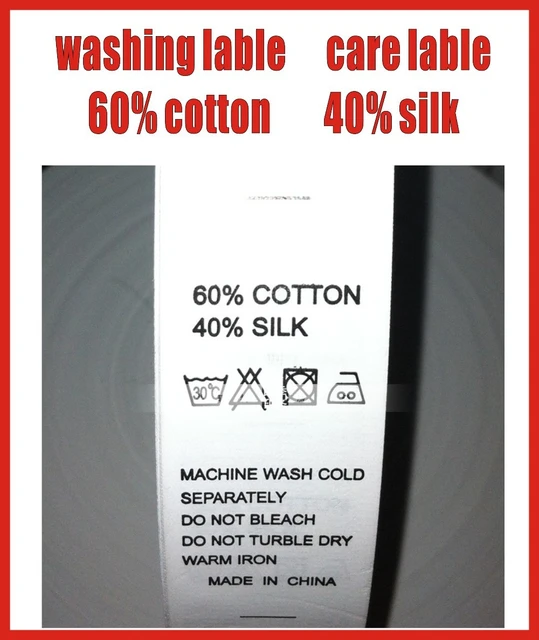Are Hiking Boots Good for Walking on Concrete?
Walking on concrete surfaces can be tough on your feet, leading many to wonder if hiking boots, designed for rugged terrain, are suitable for such environments. In this article, we’ll delve into whether hiking boots are a viable option for walking on concrete and explore their features and benefits.

Hiking boots are among the top priority essential gear for hiking. So be careful and do a proper search before buying hiking boots.
Differences between Hiking Boots and Regular Shoes
Hiking boots are specifically engineered for outdoor activities like hiking, trekking, and mountaineering. They offer superior durability, support, and traction compared to regular shoes, making them ideal for rough terrains and unpredictable conditions.
Features of Hiking Boots
Durability
Hiking boots are designed with durable materials like leather, Gore-Tex, or synthetic fabrics to withstand tough conditions and provide long-lasting performance.
These materials are essential for safeguarding your feet and providing stability during outdoor excursions.
Support
These boots are designed to provide excellent ankle support, which can help reduce the risk of sprains or injuries, especially when walking on uneven surfaces like trails.
This added support can give you greater stability and confidence while hiking or walking in challenging terrain.
Traction
The outsoles of hiking boots are specifically designed with deep lugs and aggressive tread patterns to provide superior grip on a variety of terrains. This includes rocky trails and slippery surfaces, making them ideal for outdoor activities such as hiking and trekking.
The design of the outsoles helps to provide stability and traction, allowing for a more secure and confident footing while exploring different environments.
Walking on Concrete with Hiking Boots
Impact Absorption
Hiking boots are designed with cushioned midsoles and shock-absorbing materials to help reduce the impact on hard surfaces like concrete.
This can help lessen the strain on your feet and joints while walking, providing a more comfortable and supportive experience.
Comfort
Hiking boots may feel stiff at first, but they often mold to the shape of your feet over time, providing a comfortable and supportive fit, even on long walks.
This is due to the materials used in the construction of the boots and the design intended to provide stability and support for outdoor activities.
So, while they may feel a bit rigid at first, it’s worth breaking them in to experience the long-term comfort and protection they offer.
Stability
Hiking boots are designed with sturdy construction and ankle support to enhance stability and minimize discomfort when walking on concrete.
This is especially important for those who spend a lot of time on their feet or need extra support when navigating uneven surfaces.
The added stability of hiking boots can help reduce wobbling and provide a more comfortable walking experience, making them a popular choice for outdoor enthusiasts and those who need reliable footwear for everyday use.
Considerations for Walking on Concrete
Terrain
Hiking boots are designed to provide excellent support and traction on rugged terrain, but they may feel less comfortable on flat, even surfaces like concrete.
However, their supportive features such as ankle support and cushioning can still benefit those who walk on concrete regularly, providing added stability and comfort.
It’s important to consider the specific needs of your activity and terrain when choosing footwear.
Duration
Hiking boots can be suitable for shorter walks or occasional use on concrete. However, for prolonged periods of walking on hard surfaces, you may prefer footwear specifically designed for urban environments.
These urban shoes are typically more lightweight and flexible, providing better support and comfort for long periods of walking on concrete or pavement.
Fit
Proper fit is essential when it comes to hiking boots, as it directly impacts their performance. It’s important to choose the right size and consider factors such as arch support and width to ensure maximum comfort and performance, especially on concrete surfaces.
Taking the time to find the right fit will ultimately enhance your hiking experience and prevent discomfort or injury.
Alternatives to Hiking Boots for Walking on Concrete
If hiking boots aren’t your preferred choice for walking on concrete, several alternatives offer comfort and support for urban environments. Sneakers with cushioned soles, walking shoes with ample arch support, or even orthopedic footwear can provide relief during prolonged walks on hard surfaces.
These alternatives can help mitigate the impact of walking on concrete and offer support and comfort for urban environments. It’s important to find the right fit and support for your feet to avoid discomfort and potential injury.
Conclusion Are Hiking Boots Good for Walking on Concrete
While hiking boots are primarily designed for outdoor adventures, they can indeed be suitable for walking on concrete thanks to their durability, support, and traction. However, individual preferences and comfort levels may vary, so it’s essential to consider your specific needs and the duration of your walks before making a decision.
FAQs: Are Hiking Boots Good for Walking on Concrete
Can I wear hiking boots for everyday walking on concrete?
While hiking boots can provide adequate support and comfort for occasional walks on concrete, they may not be the most practical choice for everyday use in urban environments.
Do hiking boots offer enough cushioning for walking on concrete?
Hiking boots typically feature cushioned midsoles and shock-absorbing materials, which can help alleviate discomfort when walking on hard surfaces like concrete.
Are there any downsides to wearing hiking boots on concrete?
Some individuals may find hiking boots too stiff or heavy for casual walking on concrete, preferring lighter and more flexible footwear options.
How should I maintain my hiking boots if I use them for urban walking?
Regular cleaning and conditioning can help prolong the lifespan of your hiking boots, regardless of the terrain you use them on. Pay attention to the outsoles to prevent dirt buildup and maintain traction.
Can I use hiking boots for hiking and urban walking interchangeably?
While hiking boots can suffice for occasional walks on concrete, it’s advisable to use them as intended for outdoor adventures and invest in separate footwear for urban walking to ensure optimal comfort and performance.



Pingback: Is a Wedge Sole Boot Good for Hiking? -